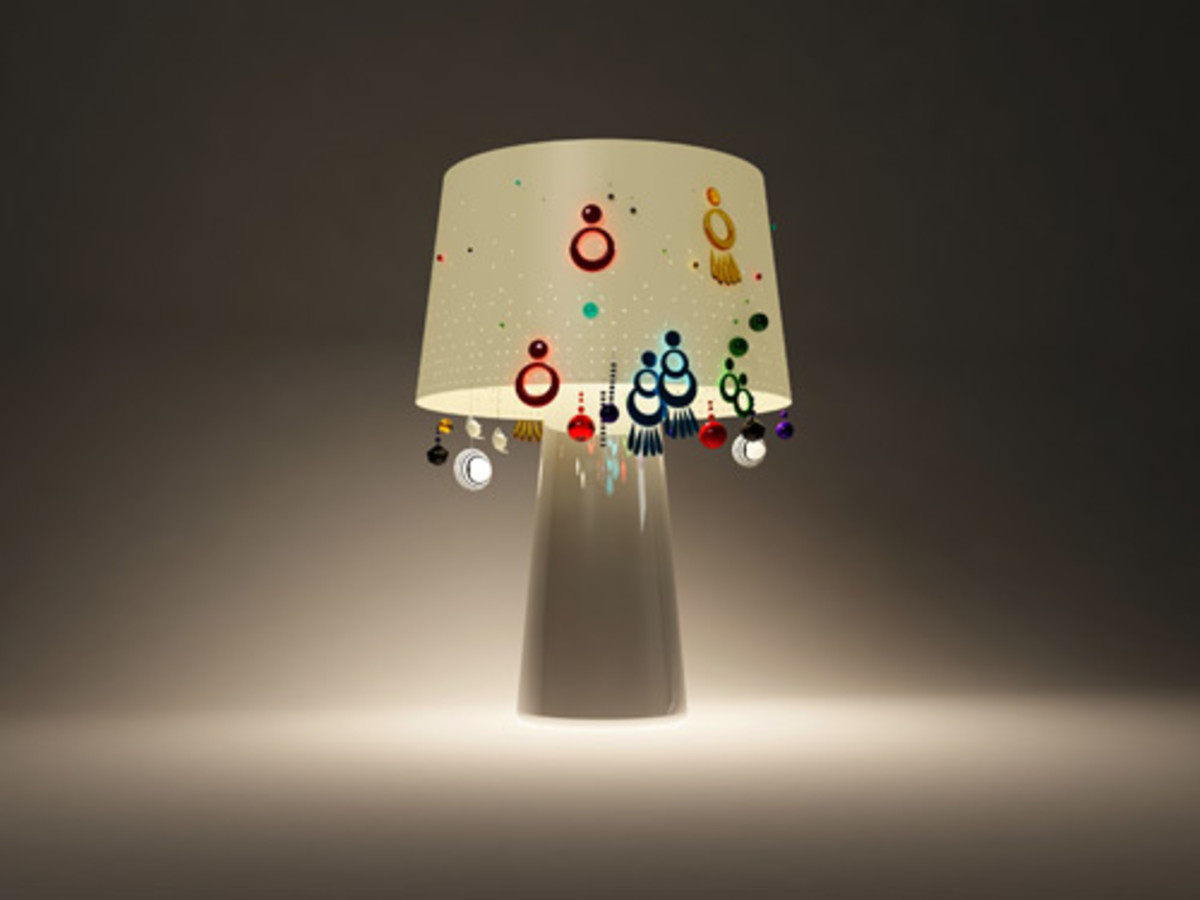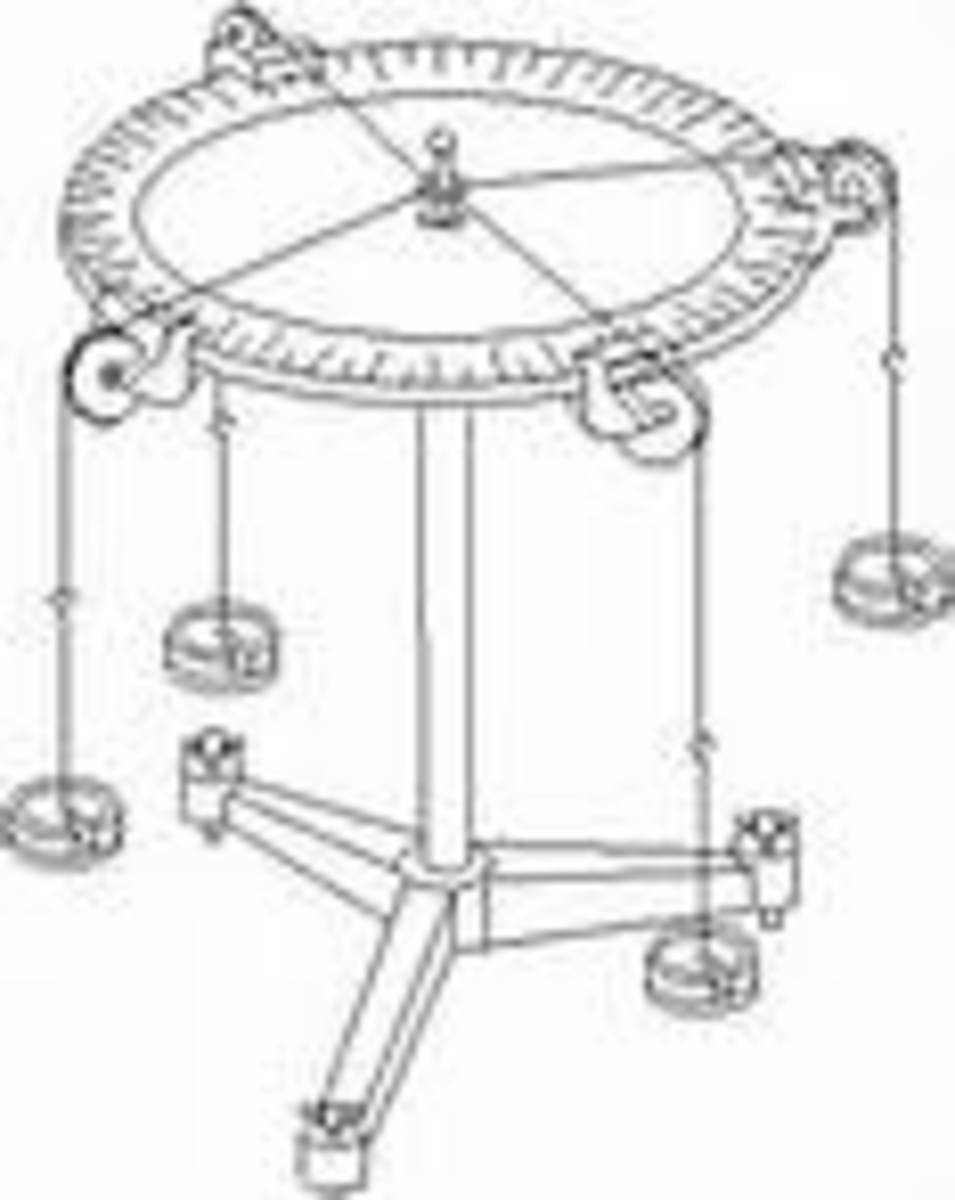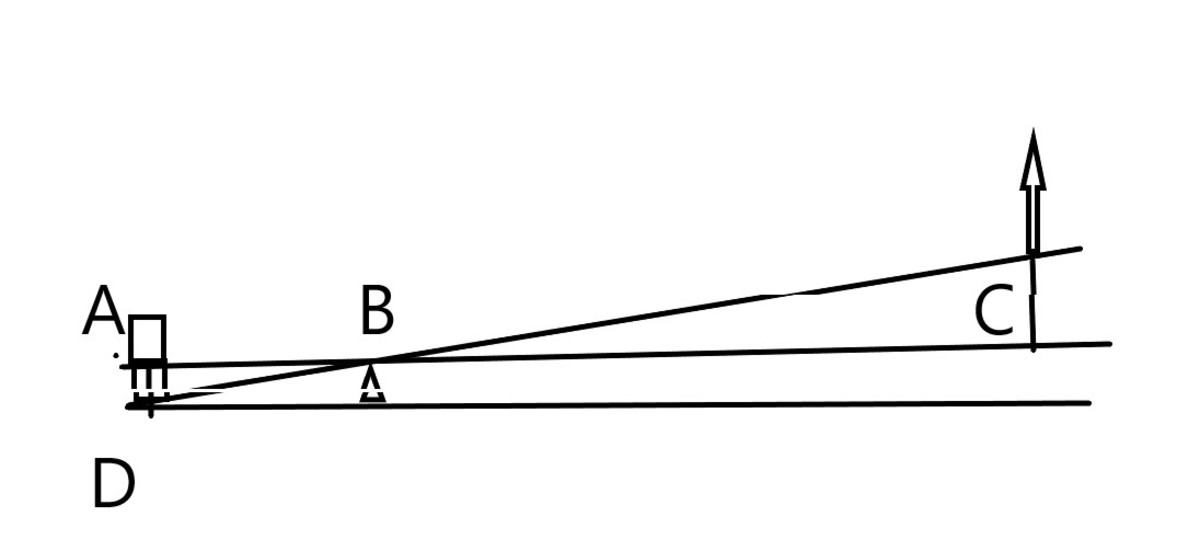Fast and Easy Science Fair Projects: Unwelcome Gusts
This is my 28th hub on Fast and Fair Science Fair Projects. This one is extremely easy and fun! I'm sure you'll enjoy reading and trying out this one too, especially kids! Have fun!
Comparing and measuring wind strengths
Purpose: Over a week's time, we want to determine which day had the strongest gust of wind.
Overview: People have harnessed the powerful force of wind to help them do many useful things. Windmills have been used to pump water and make electricity. Boats can sail around the world by using sails whose large surface area captures the wind's power.
But, sometimes this wind force works against us. On extremely windy and gusty days, huge bridges are sometimes closed to vehicles with large surface areas, such as tractor trailers and motor homes, because of the danger. Playing beachball or volleyball in a strong wind can either help your team or hinder it, depending on whether or not you are downwind.
On a windy day, have you ever tried to carry a big piece of plywood or poster board, or a small bag holding only something light, like a greeting card? Have you ever helped your parents put garbage cans out at the curb on a windy trash day? If no one is home when the trash is collected, you could come home to find the cans scattered all over. The empty cans, being lighter without trash, are easily blown all over the yard and even into the street, causing a hazard to motorists, by strong gusts of wind. Can you think of other times when the force of wind is not welcome, or is even harmful?
Wind velocity is important in air travel. In physics, the word "velocity" means both speed and direction. Airports use wind socks to get a relative indication and wind direction and speed.
You can build a simple weather instrument to detect wind gusts and get a comparative indication of their strength by using water-filled paper cups.
Hypothesis: Hypothesize that you can put together a simple device that will allow you to determine the force of the strongest wind gust of the day.
You need:
- 7 medium size (8 oz.) plastic or foam cups
- Piece of board
- 2 cinder blocks/trash cans
- A wide open area, away from buildings
- Water
- Kitchen measuring cups
- Heavy mug of old pot
Procedure: Find an open area away from buildings or other structures that might block the wind. A spot in your own backyard would be good, if place is available.
Set two cinder blocks upright on the ground several feet apart. If you don't have cylinder blocks, you can use the same-size milk rates, or buckets or trash cans turned upside down. Across the top of any such "risers," lay a long piece of wood.
Set seven 8-ounce paper cups (or plastic cups) in a row on the board. Leave one empty and, using a measuring cup, pour 1 ounce of water in the second cup, 2 ounces in the next, 3 in the next, continuing up to 7 ounces. If your measuring cup is marked in millimeters, use increments of 50 (that is 50 ml, 100 ml, 200 ml, and so on).
On the board or in an open place nearby, place a heavy mug or old pot. This will be used to capture the rainfall for the day. If you find rain in it, don't record that day's results because it wont be valid.
At the end of the each day, observe which cups have blown off the board. Write down how many cups blew off. The lighter cups are more sensitive to the force of the wind.
The next day, set them up again, and refill the cups with water (some water will probably have evaporated). The contents and positions of all of the cups must be kept Constant. The wind gusts should be the only Variable in the project. At the end of the day, record which cups have blown off the board.
Do this everyday for a week or two, or as long as you wish. Look at your recorded observations for each day. Did your paper-cup system work as a weather instrument, to allow comparisons of the strongest gusts of wind that occured each day.
Results and Conclusion: Write down the results of your experiment. Come to a conclusion as to whether or not your hypothesis was correct.
Something more: What if you found a heavy and a light cup knocked over, but one in the middle is standing? Do you think the results of that day should not be used, as there may have been interference from squirrels, birds, or other animals seeking water?
Thanks for reading this one! Hope you liked it! If you want more on Fast and Easy Science Fair Projects, you can try my other Hubs relating to the topic. Here are five of my Latest Hubs on Fast and Easy Science Fair Projects for you:
- Fast and Easy Science Fair Projects: Flying in Circles
This is my 26th hub on Fast and Fair Science Fair Projects. This one is extremely easy and fun! I'm sure you'll enjoy reading and trying out this one too, especially kids! Have fun! Air friction:... - Fast and Easy Science Fair Projects: Ear of the Beholder
This is my 21st hub on Fast and Fair Science Fair Projects. I'm sure you'll enjoy reading and trying out this one too!Pleasant sounds versus "noise" Purpose: The purpose is to determine if there is a... - Fast and Easy Science Fair Projects: We are #2
Second- and third-class levers Purpose: Learn to use a second class lever (a simple machine) to reduce the force required to lift a heavy object. Overview: A lever is mage up of a long shaft or board... - Fast and Easy Science Fair Projects: Balancing Act
This is my 24th hub on Fast and Fair Science Fair Projects. I'm sure you'll enjoy reading and trying out this one too! Objects at rest tend to stay at rest Purpose: We want to find out if objects at rest... - Fast and Easy Science Fair Projects: Pop a Treat
This is my 27th hub on Fast and Fair Science Fair Projects. This one is extremely easy and fun! I'm sure you'll enjoy reading and trying out this one too, especially kids! Have fun! ...








